On July 13 this year, an assassin’s bullet grazed the ear of Donald Trump as he turned his head on stage in Butler, Pennsylvania. The whole world saw it and his response: “Fight, fight, fight.” For Elon Musk, this was not just a news event but a galvanizing and clarifying moment. He immediately posted a video of the shooting to X and wrote: “I fully endorse President Trump and hope for his rapid recovery.”
Musk is different from most people. For him, going all-in really means going all-in. When Trump returned to Butler last month, he was joined on stage by the billionaire. Musk is now one of the most important figures in the team around the president-elect as he prepares his new administration.
From the moment he expressed his support for Trump, Musk not only committed tens of millions of dollars of his own to the campaign, but went around encouraging others to put their own money into it too. His financial resources helped, of course, but it was clear from the moment Musk started funneling money to Trump that something much more important was afoot.
In 2016 Musk’s PayPal co-founder, Peter Thiel, expressed his support for Trump at the Republican National Convention in Cleveland, Ohio. At that point Thiel was an outlier in Silicon Valley, which has historically been dominated by tech or business geniuses whose politics tend to be some way behind the rest of their developmental process.
It was always assumed that if you were in tech you were a Democrat or a libertarian. Thiel broke the taboo of coming out for a Republican candidate — and Trump at that. By the time Musk joined the Trump train earlier this year, the weather had changed. Four years of Biden-Harris, a sluggish economy, a set of culture-war issues which were far from abstract, plus the wreck that the Democrats had made first of San Francisco and then California, made going in for Trump far easier than it had ever been before. And it was Musk who made it acceptable. After all, if the world’s most successful entrepreneur is on your side it’s hard to be portrayed as a collection of “losers.” It turned out that Musk was willing to put everything into the fight to re-elect Trump — just as he had put himself into everything he has ever put his mind to.
Some years ago, he and I were on the same stage at an event in the US, and someone made an interesting observation to Musk. Most people who create a startup and turn it into a multi-billion-dollar business tend to retire into philanthropy once they have made their pile. Taking a startup to market is, as Musk said that day, like spending years chewing glass and staring into an abyss. After doing it once most people decide that they don’t like chewing glass all that much. Yet Musk has done it again and again.
He joined the board of Tesla in 2004 and became CEO in 2008. In its first public offering in June 2010, the company’s share price was the equivalent of $1.13. When the Nasdaq closed on Monday this week, Tesla shares were trading at $350. Musk managed to steer the company through the 2008-9 financial crisis so successfully that by the end of last year it had $96.8 billion in revenue and $8.9 billion in operating income. In 2008 Tesla had 363 employees; by the end of last year it had 140,473, and had become the most valuable car company in the world.
He managed to do the same with SpaceX. Founded in 2002, the company almost went bankrupt after its first three rocket launches failed. But since the Falcon 1’s successful launch in 2008, SpaceX has revolutionized the space industry. Not only has it managed technological feats — such as getting humans back into space and parking a rocket in midair last month — but SpaceX now has around 13,000 employees and last year generated some $9 billion in revenue. The fact Musk is trying to get humans to Mars in his spare time is just one measure of the man.
His decision to buy X and go through a long and bitter process to do so arguably changed the public square more than any other media buy-out in a generation. Musk had seen how, under its previous woke management, the platform was not just banning but muting opinions that were centrist or right-wing, while at the same time boosting left-wing voices. He wanted it to be a genuinely level playing field again — and paid $44 billion to make it so. Despite an organized advertising boycott led by left-wing companies and pressure groups, Musk has transformed X into the most popular news source site in the world. This freeing-up of opinion is one of the factors that made the re-election of Trump possible. Don’t forget that this was a platform which, until Musk bought it, had banned Trump from even posting on the site and concertedly prevented any negative stories about his Democrat opponents from being published.
I saw Musk at Trump’s Madison Square Garden rally a week before the election, and, as at Butler, you could tell that something huge was changing. Musk was enjoying himself on stage and seemed moved and charmed by the crowd’s chants of “Elon, Elon.” But then to everyone other than the more bitter parts of the left, Musk is an aspirational figure. He exemplifies not just the best of what can be achieved in America, but the best that can be achieved by any human with a vision and a Herculean work ethic.
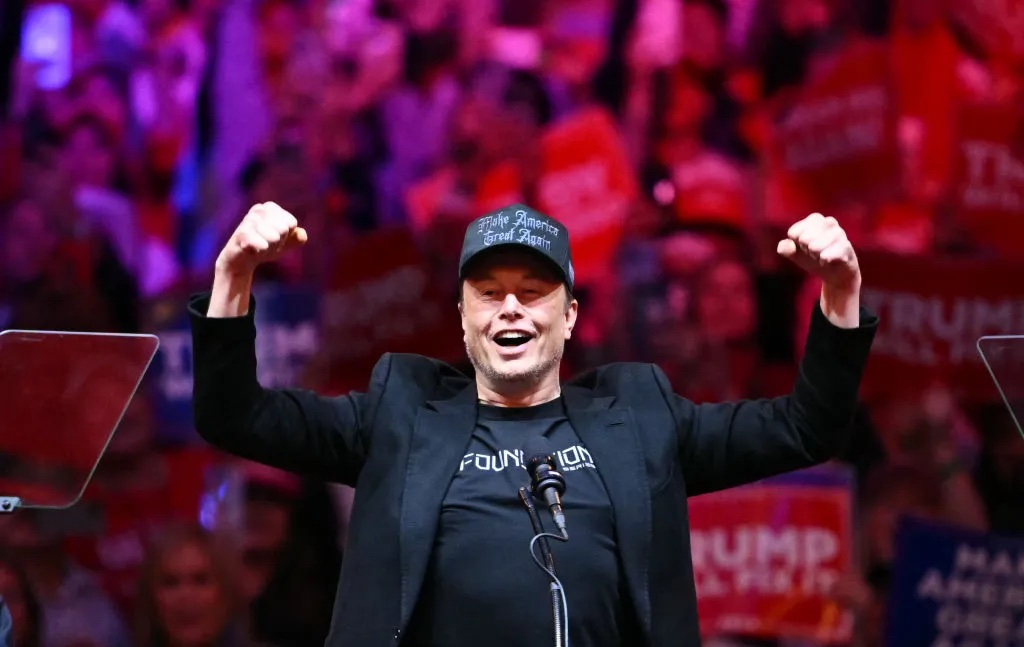
In New York, in the drumbeat of speakers gearing up for Trump, Musk had pride of place. After some six hours of speeches, Musk was up, before introducing Melania Trump, who in turn introduced her husband. As a number of people observed, the team around Trump seemed to have been transformed by Musk in particular. This was no longer simply a Republican or a Trump family affair. Alongside former Democrats such as Tulsi Gabbard and Robert F. Kennedy Jr., celebrities such as Dr. Phil and even Hulk Hogan, it was like the A-team (or perhaps the Avengers) gathering together from a bewildering array of directions to save the Republic.
On election night in Mar-a-Lago it was clear how central Musk had become not just to the campaign but to the Trump operation. Musk, carrying one of his children on his shoulders, came in with Donald and Melania. Even at that early stage in the evening, it felt like a victory parade. By the time Trump gave his victory speech at the Palm Beach Convention Center in the early hours of the morning he paid credit to what Musk had helped him and his team achieve.
Musk has been at Mar-a-Lago pretty much non-stop ever since. He was on the phone with Trump when he made a call to Volodymyr Zelensky this week. Musk’s Starlink (a subsidiary of SpaceX) has done a huge amount to help Ukraine’s forces on the battlefield since the start of the war. Now he is not only central to the transition and to appointments, but has also been named, alongside entrepreneur Vivek Ramaswamy, as a co-leader of the new Department of Government Efficiency (or DoGE — a crypto-reference). The department will address the bloated and wasteful federal government.
When Musk took over X he fired swathes of employees whose work was actively harming the company. This may yet prove to be just a warm-up for Doge.
And he’s in a perfect position to turn his sights on government. To say that the US federal government is bloated is to vastly understate the facts. In the last fiscal year, it spent a staggering $6.1 trillion, while it took in just $4.4 trillion. Musk reckons he can shave at least $2 trillion off this sum. After all, how long can America go on with a deficit that’s roughly the size of Spain’s economy? US national debt now totals $35.9 trillion and the federal workforce has more than two million civilian employees.
With this, the US education system manages not only to be the most expensive but also one of the worst among its peers. Similar waste is everywhere, as even a tourist can see from the developing world-style infrastructure in many major cities. During the pandemic, the federal government managed to give some $38 million in relief to people who were dead. It spent $6 million to grow tourism in Egypt, $477,000 on a study to examine the susceptibility of transgender monkeys to HIV and almost $8,400 on a single lobster tank. More seriously, the US Department of Health and Human Services alone spends almost $70 million a year on DEI programs and employees.
Musk recognizes that this is not just waste or incompetence — it is waste and incompetence plus a foul and divisive ideology. If America is going to remain the ground-zero of entrepreneurship, innovation and tech (among much else) then it is going to have to strip a whole layer of rot from the body politic. Trump’s election gives a once-in-a generation opportunity to do it — and Musk is the man for the job.
Watch Douglas Murray discuss on Spectator TV:
This article was originally published in The Spectator’s UK magazine. Subscribe to the World edition here.



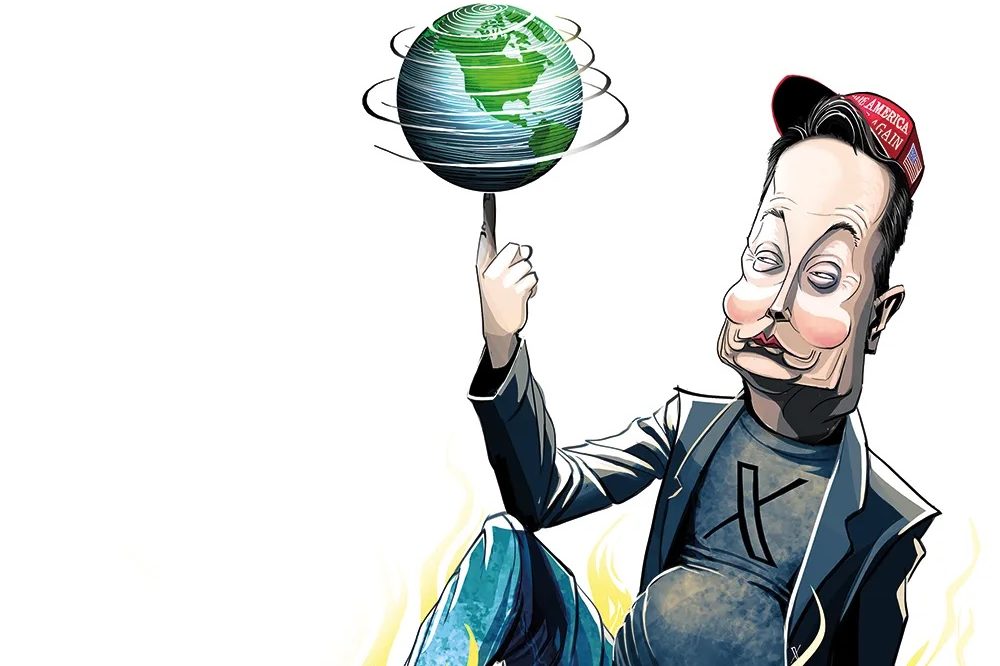






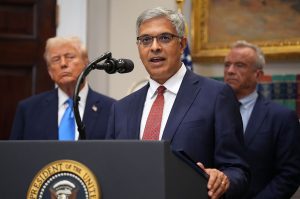
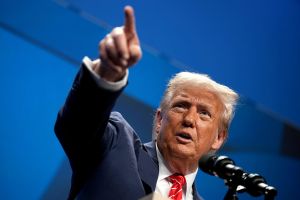

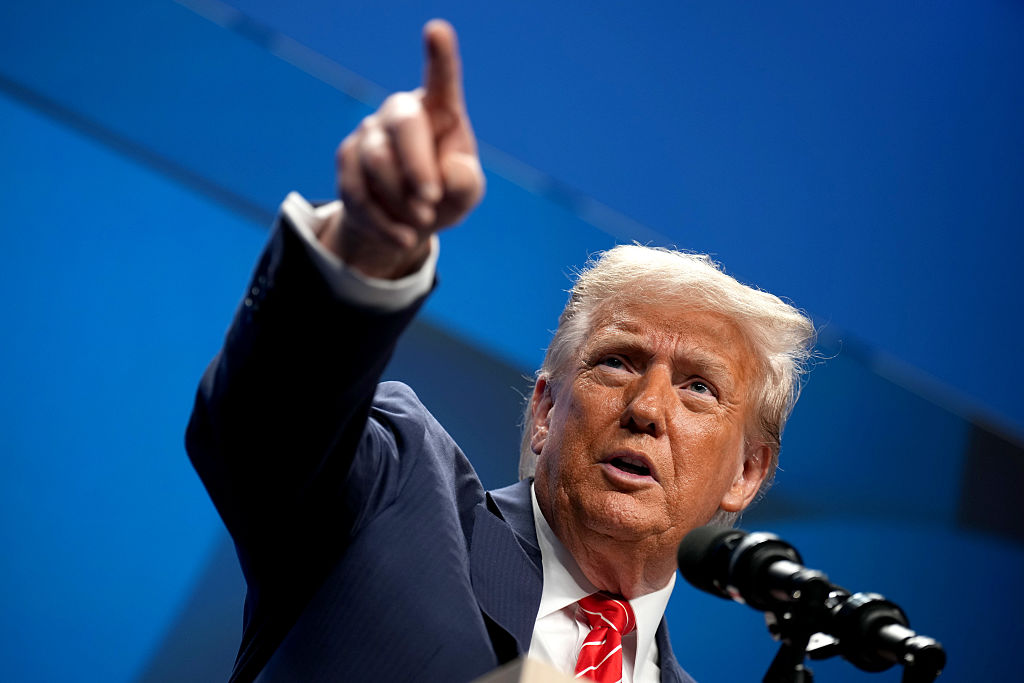

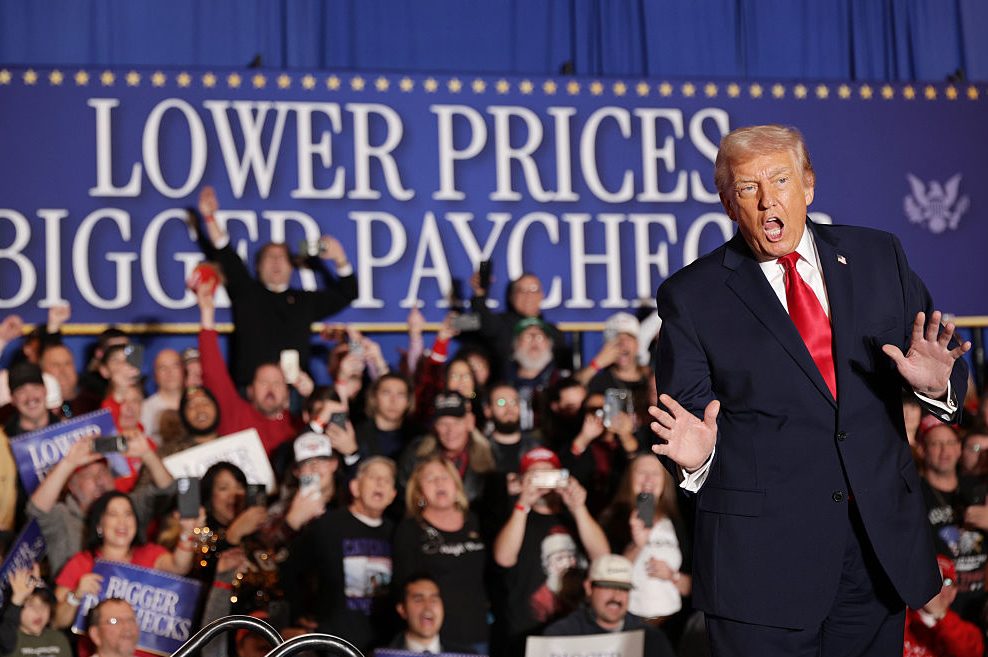

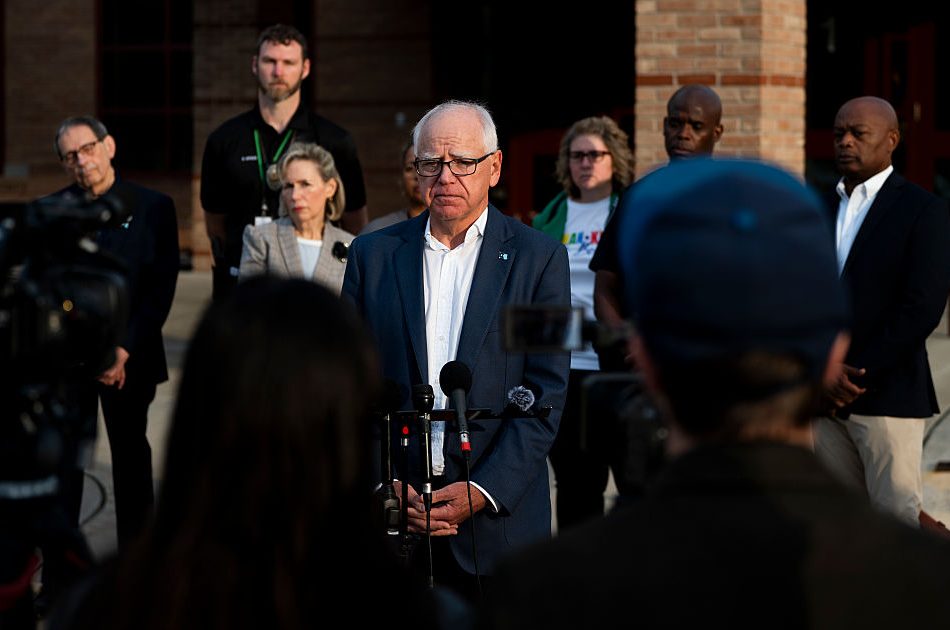








Leave a Reply